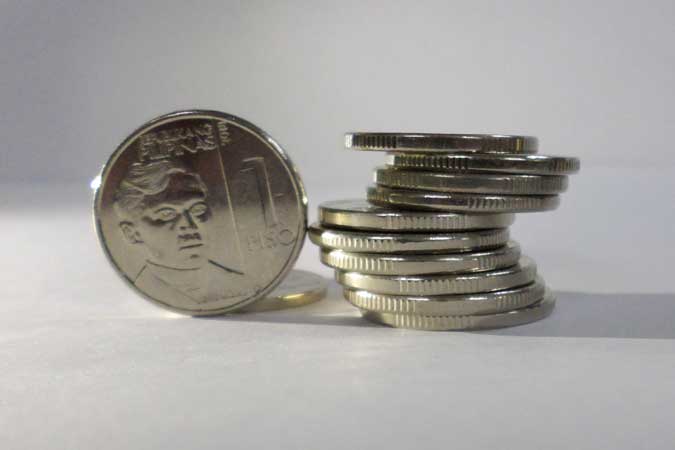PHL reserves slip to $106B at end-June

THE COUNTRY’S foreign exchange buffers slipped further as of June due to the lower valuation of the central bank’s gold reserves and the government’s payment of its debt obligations.
Gross international reserves (GIR) slipped by 1.08% to $106.081 billion as of June from the end-May level of $107.25 billion, based on preliminary data released by the Bangko Sentral ng Pilipinas on Tuesday. The end-June level, however, was higher by 13.5% from the $93.469 billion seen a year earlier.
The central bank attributed the slight decline in the country’s dollar buffers to the decrease in the value of its gold holdings due to the lower price of gold in the international market. The government also tapped its foreign currency deposits with the BSP to pay for its debt obligations and other expenditures, it added.
On the other hand, inflows from the BSP’s investments abroad partially offset the decrease in the GIR, the central bank said.
An ample level of foreign exchange buffers safeguards an economy from market volatility and can prove the country is capable of paying its debts in the event of an economic downturn.
At the end-June level, the country’s dollar buffers are enough to cover 12.1 months’ worth of imports of goods and payments of services and primary income. This is also equivalent to about 7.8 times the country’s short-term external debt based on original maturity and 5.2 times based on residual maturity.
“GIR enough to cover 12 months of imports would continue to provide structural support for the peso exchange rate, especially versus any shocks,” Rizal Commercial Banking Corp. Chief Economist Michael L. Ricafort said in a text message.
The peso has weakened versus the greenback and has been trading around the P50-per-dollar level recently. However, BSP Governor Benjamin E. Diokno earlier said the currency will be supported by the country’s ample foreign reserves, business process outsourcing receipts and remittance inflows.
Broken down, the BSP’s gold holdings were valued at $8.875 billion at end-June, 10.4% lower than the $9.907 billion seen the month prior but higher by 10.7% against the $8.015 billion seen last year.
Foreign investments also dipped by 0.3% to $92.551 billion as of June from $92.835 billion in May but rose by 14.4% from the $80.891 billion seen a year ago.
Meanwhile, foreign currency deposits increased by 6.33% to $2.62 billion last month from $2.464 billion as of May, but slipped by 1.28% from the $2.654 billion seen a year earlier.
The country’s reserve position in the International Monetary Fund (IMF) stood at $798.6 million as of June, lower by 1.15% than the $807.9 million seen in the previous month but higher by 9.27% from the $730.8 million logged at end-June 2020.
Special drawing rights — or the amount that the country can tap from the IMF — was at $1.235 billion for the second straight month, 4.92% more than the $1.177 billion recorded a year earlier.
The GIR reached a record $110.11 billion at end-2020. The central bank sees the reserve level reaching $115 billion by yearend. — Luz Wendy T. Noble



